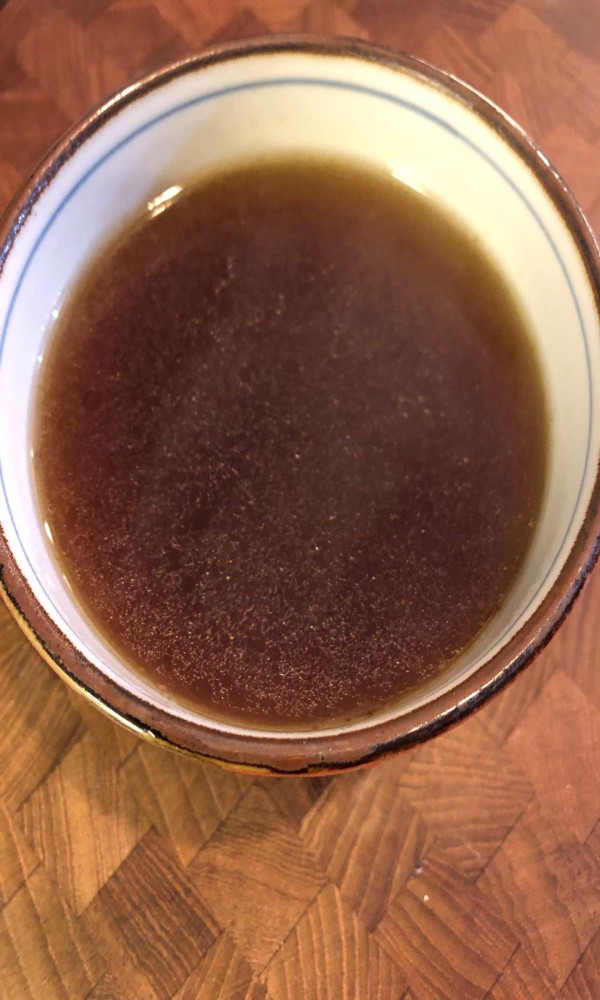Bone broth has become a nutritional powerhouse in recent years, praised for its gut-healing properties, immune-boosting benefits, and ability to soothe various ailments. While store-bought options exist, there’s nothing quite like homemade bone broth – rich, flavorful, and incredibly versatile. This guide will walk you through everything you need to know to create a perfect pot of beef bone broth, from ingredient selection to serving suggestions.
Ingredients:

2 pounds beef bones (marrow bones, knuckle bones, or a combination)
Directions:
1. Roast the Bones (Optional): Preheat your oven to 400°F (200°C). For an extra layer of flavor, toss the beef bones with a tablespoon of olive oil and roast for 30 minutes. This step helps caramelize the bones, resulting in a deeper broth.
2. Bring to a Boil: Place the roasted or raw bones in a large pot or Dutch oven. Add the apple cider vinegar (if using) and water, ensuring the bones are covered by at least 2 inches of liquid. Bring the mixture to a boil over high heat.
3. Simmer Low and Slow: Reduce heat to low, skim any foam that rises to the surface, and add the chopped vegetables, garlic, thyme, bay leaf, and peppercorns. Cover partially and simmer for at least 12 hours, or up to 24 hours for an even richer broth. The longer simmer time allows for maximum extraction of nutrients and flavor from the bones.
4. Strain and Cool: Once simmering is complete, remove the pot from heat and let it cool slightly. Strain the broth through a fine-mesh sieve or cheesecloth into a clean container. Discard the solids. Let the broth cool completely at room temperature.
5. Refrigerate or Freeze: Once cool, skim off any solidified fat from the surface of the broth. Store in an airtight container in the refrigerator for up to 5 days, or freeze for up to 3 months for longer storage.
Nutrition Facts:
(Per 1 cup serving)
Calories: 40
Please note: This is an approximate nutritional value based on a basic recipe. Nutrient content can vary depending on the specific bones used and additional ingredients added during the simmering process.
Conclusion
Homemade bone broth is a nourishing and surprisingly simple addition to your diet. Not only is it incredibly flavorful, but it also boasts a wealth of health benefits. Enjoy it straight from the cup, use it as a base for soups and stews, or even incorporate it into sauces and gravies for a nutritional boost. With this guide, you’re well on your way to creating your own delicious and healing pot of beef bone broth.
Frequently Asked Questions (FAQs):
1. What type of beef bones should I use?
Any beef bones will work, but knuckle bones and marrow bones are particularly good choices as they have a high concentration of collagen and marrow, which contribute to the richness and health benefits of the broth.
2. Can I add other vegetables to the broth?
Absolutely! Feel free to experiment with different vegetables for added flavor and nutrients. Popular options include mushrooms, leeks, and fresh herbs like parsley or rosemary.
3. How can I make the broth more flavorful?
Roasting the bones before simmering adds depth of flavor. Additionally, you can add a splash of red wine or a tablespoon of soy sauce during the simmering process for a richer taste profile.
4. How can I tell when the broth is done?
The broth is finished when the bones become very brittle and easily crumble. Additionally, the fat will rise to the surface and form a distinct layer.
5. What can I do with leftover bone broth?


